So I finally made some time late at night to work on my ord bot. First thing I did was try to true up some of the brackets, make sure everything is straight and tight.
Next I went ahead and soldered the stepper headers onto the azteeg x3, I decided this look was cleaner than going with the screw terminal approach.
Finally it was time to wire up the power supply. I just chopped up an old IEC cable and screwed the terminals down.
A quick power on test of the azteeg.
A little bit of wire twisting, some electrical tape and I loaded up Marlin firmware sketch, tweaked the values a little to match the azteeg x3. From here I ran into an issue where the board went into failsafe block mode because I don’t have any of the thermocouples hooked up it thought it was frying its self, so I disabled those in the firmware. Try #2, I was getting steps, but not good steps. I adjusted the stepper current using a meter and a small screwdriver on the pots, but still odd movement. I finally realized that I hadn’t put any jumpers on the microstepping selector and was doing full steps. After setting that it was moving like butter!
Here is a video of me just playing with the motor back and forth.
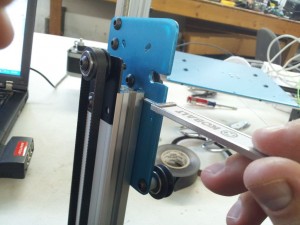
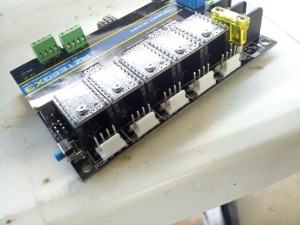
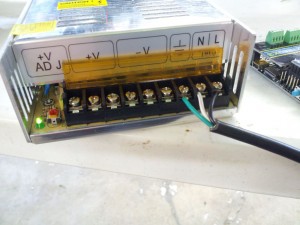
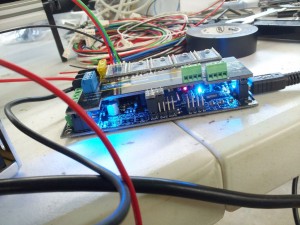
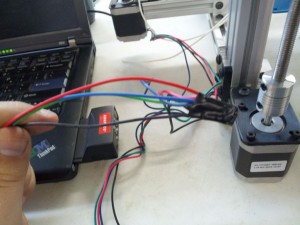
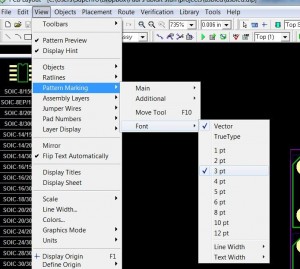
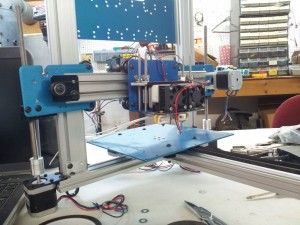
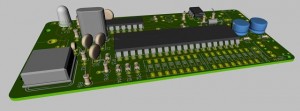









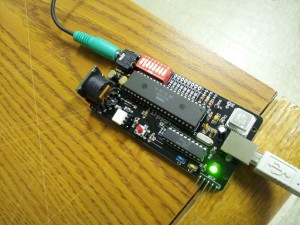 I decided to dust off a project that I’ve been working on-and-off for over a year now. Just to introduce it really fast… I’m taking a vintage sound generation chip, the
I decided to dust off a project that I’ve been working on-and-off for over a year now. Just to introduce it really fast… I’m taking a vintage sound generation chip, the 







